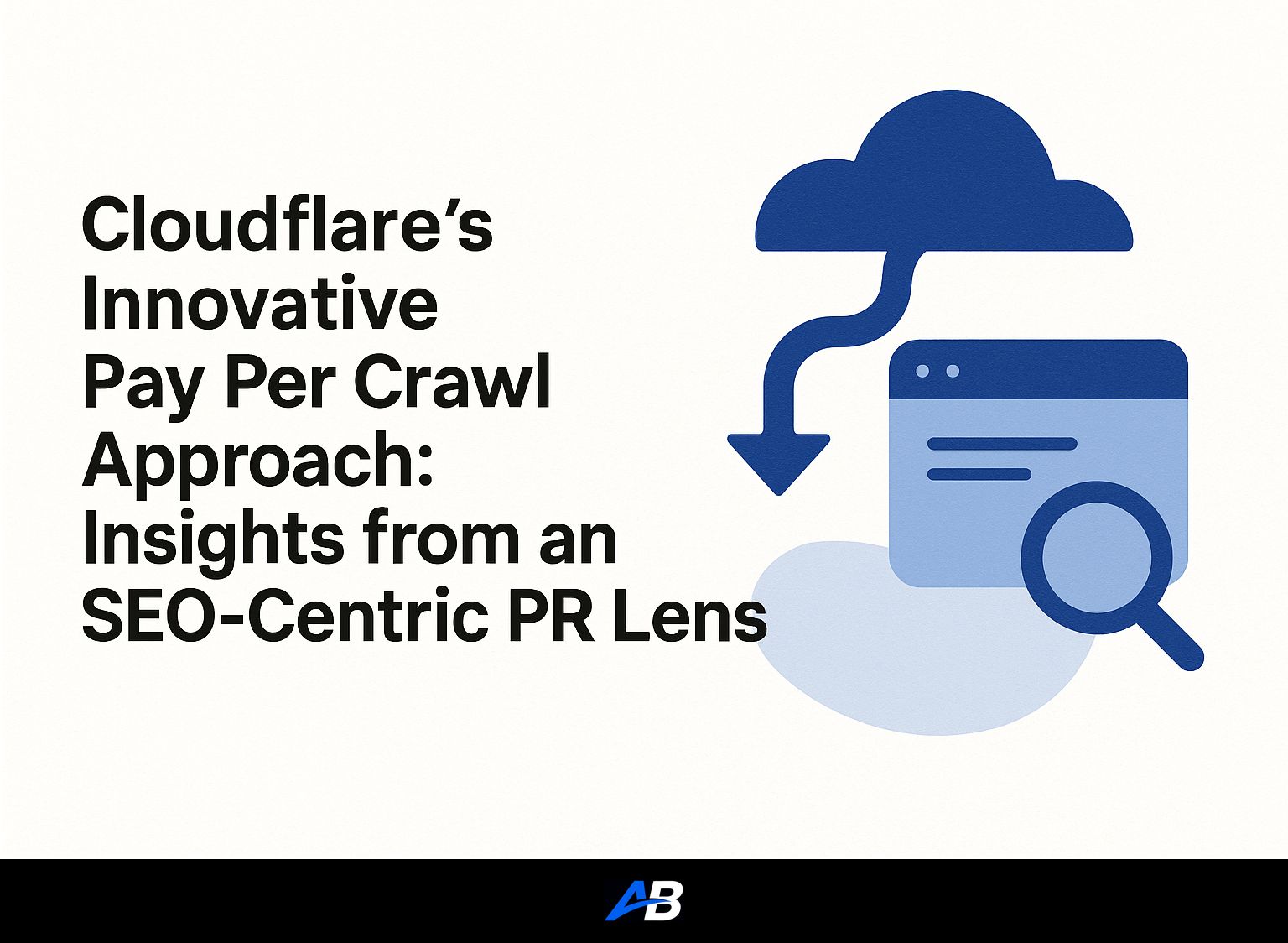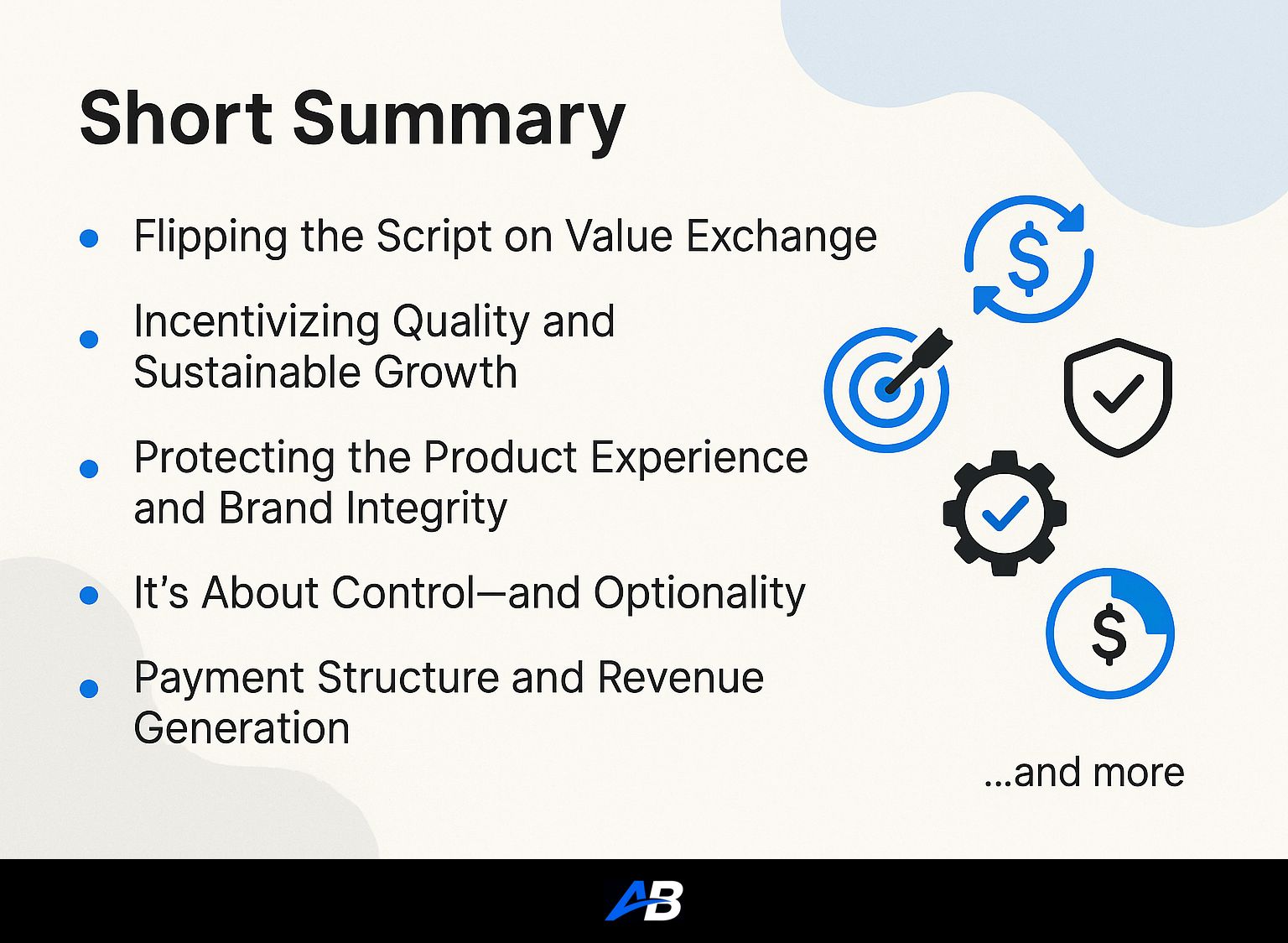Cloudflare has recently introduced a transformative feature known as the pay-per-crawl model, allowing content creators to monetize access for AI crawlers. This innovation fundamentally shifts the balance of value exchange between content owners and AI firms.
Contents
- Short Summary:
- 1. Flipping the Script on Value Exchange
- 2. Incentivizing Quality and Sustainable Growth
- 3. Protecting the Product Experience and Brand Integrity
- 4. It’s About Control—and Optionality
- Technical Mechanics of Pay-Per-Crawl
- 5. Payment Structure and Revenue Generation
- The Implications for AI and Content Strategy
- 6. Strategies for Content Creators Moving Forward
- 7. Final Thoughts: Opportunities Ahead
- Do you need SEO Optimized AI Articles?
Short Summary:
- Value Exchange Revolutionized: Cloudflare’s model mandates compensation for content access, consequentially benefiting creators.
- Control and Flexibility: Websites can dictate terms of access, enhancing brand integrity and user experience.
- Impact on AI and Content Strategy: This model influences how AI models prioritize and select content, emphasizing quality over quantity.
Cloudflare’s launch of its innovative pay-per-crawl approach signifies a pivotal moment in the relationship between content creators and artificial intelligence (AI) companies. Traditionally, the digital sphere has seen a one-sided dynamic where AI crawlers extract vast amounts of data without any form of compensation or attribution. This has left many creators feeling undervalued, as their hard work and intellect remain uncredited while AI models leverage their content to generate insights and knowledge.
In light of this imbalance, Cloudflare’s new initiative aims to restore fairness in this ecosystem by offering website owners the power to monetize the access of AI crawlers. The essence of this model is straightforward: if AI entities benefit from utilizing a creator’s content, they ought to compensate the creator for the privilege. This represents a monumental shift in the digital content landscape.
1. Flipping the Script on Value Exchange
This change endorses a bilateral flow of value. With Cloudflare’s pay-per-crawl model, platforms now possess control over who can access their data and under what conditions, fostering a healthier and fairer digital ecosystem. The days of allowing free, uncontrolled scraping are fading. As these platforms regain agency, they can structure how their content is accessed, providing an opportunity for creators to negotiate terms and conditions that respect their intellectual contributions.
“If AI companies benefit from training on a platform’s content, there should be a cost, a contract, or at least a choice,” said a Cloudflare spokesperson during the launch announcement.
2. Incentivizing Quality and Sustainable Growth
The shift to a model that charges for crawling can breathe new life into the content creation ecosystem. Content is no longer just a commodity to be consumed at will—rather, it now holds the potential to become a significant source of revenue. Content owners can opt to monetize access, potentially establishing licensing agreements or completely restricting usage, thereby revitalizing their investment in quality content.
As AI crawlers’ access is tagged with financial implications, the incentive for creators to invest in their offerings (to make them both high-quality and appealing for crawling) increases. This incentivization structure promotes a healthier environment for sustainable growth within the digital content landscape.
3. Protecting the Product Experience and Brand Integrity
Beyond mere monetization, Cloudflare’s model enables content creators to maintain control over user experience and brand messaging. Misappropriation of content by AI systems can distort intended narratives, resulting in negative user experiences that dilute a brand’s integrity. However, controlling who crawls their content allows creators to safeguard their messaging and ensure that only credible sources can interpret or share their work.
“When AI models repackage your content without context, it creates real risk,” a Cloudflare official remarked. “With our new framework, you can decide who can crawl your content, when, and how.”
4. It’s About Control—and Optionality
The introduction of the pay-per-crawl concept ultimately restructures the power dynamic in favor of creators. This system doesn’t impose mandatory monetization of access; rather, it grants the liberty to decide how to manage their resources. It’s not merely about controlling access; it’s about having the choice to do so and doing so in a way that aligns with a creator’s broader business strategy.
We’re on the cusp of a larger transformation within the ecosystem that governs AI and digital content interaction. Once viewed in isolation, this framework is now a strategic tool affording platforms new paths to monetize their offerings effectively.
Technical Mechanics of Pay-Per-Crawl
At the heart of the pay-per-crawl system is a robust mechanism integrating seamlessly into existing web infrastructure. By leveraging HTTP status codes alongside conventional authentication measures, Cloudflare transforms the way publishers handle access requests. AI crawlers, upon attempting to retrieve content, are met with one of two scenarios:
- If the crawler presents payment intent, they receive successful access via a 200 HTTP response.
- If not, the crawler receives an HTTP 402 Payment Required response, signaling that payment is necessary for access.
This dynamic creates a responsive environment where content creators define access parameters based on growing interactions with AI entities.
5. Payment Structure and Revenue Generation
Publishers can implement a flat pricing model across entire websites or selectively adjust rates for specific crawlers, offering flexibility in how access is granted. Should a crawler fail to establish a billing relationship with Cloudflare, creators still reserve the power to deny access altogether or initiate a future relationship by informing them of potential costs.
This enables a more equitable exchange and encourages collaborations that previously may have been daunting without a clear monetization path.
“We believe your choice need not be binary — there should be a third, more nuanced option: You can charge for access,” stated a Cloudflare spokesperson, articulating the vision behind this initiative.
The Implications for AI and Content Strategy
As the pay-per-crawl environment takes root, AI models will inevitably adjust their crawling behaviors. One of the immediate outcomes is a diminution of freely accessible training data, which could lead models to favor older training data, effectively narrowing their content selection and potentially stifling innovation.
For AI companies looking to optimize their crawlers’ efficiency, this model promotes careful curation of content. The models will economically evaluate potential returns on investment, causing a seismic shift in how they identify and select content worth paying for.
6. Strategies for Content Creators Moving Forward
In this evolving context, content creators must optimize their digital assets not only for user engagement but also in ways that appeal to AI crawling mechanisms. Such considerations include:
- Quality: Ensure content is well-researched and accurate.
- Authority: Establish a recognizable and credible authorship to build trust.
- Structure: Organize content with appropriate formatting for clarity.
- Exclusivity: Provide unique insights or information not easily found elsewhere.
Content that adheres to these criteria is much more likely to secure a “crawl” access, thus maintaining relevance in an age where AI personalization becomes more pronounced.
7. Final Thoughts: Opportunities Ahead
The pay-per-crawl model from Cloudflare signifies much more than a technological innovation; it symbolizes a movement toward empowering content creators in the interconnected realm of digital content and AI. By legitimizing the monetary value of content in AI networks, Cloudflare cultivates fertile ground for sustainable relationships and business models.
As this framework evolves, the prospect of diversifying revenue streams through pay-per-crawl becomes tantalizing. The possible emergence of dynamic pricing models and tailored access allowable through this structure underscores the potential for new marketplaces to develop, creating a more dynamic landscape for both creators and crawlers alike.
In embracing these changes, creators can leverage tools such as Autoblogging.ai to streamline their content production, ensuring their articles not only gain visibility but also resonate with both audiences and AI models effectively.
In conclusion, the pay-per-crawl initiative has paved the way for a renaissance in content creation where value is recognized, and creators stand poised to command the compensation their work merits.
Do you need SEO Optimized AI Articles?
Autoblogging.ai is built by SEOs, for SEOs!
Get 30 article credits!




